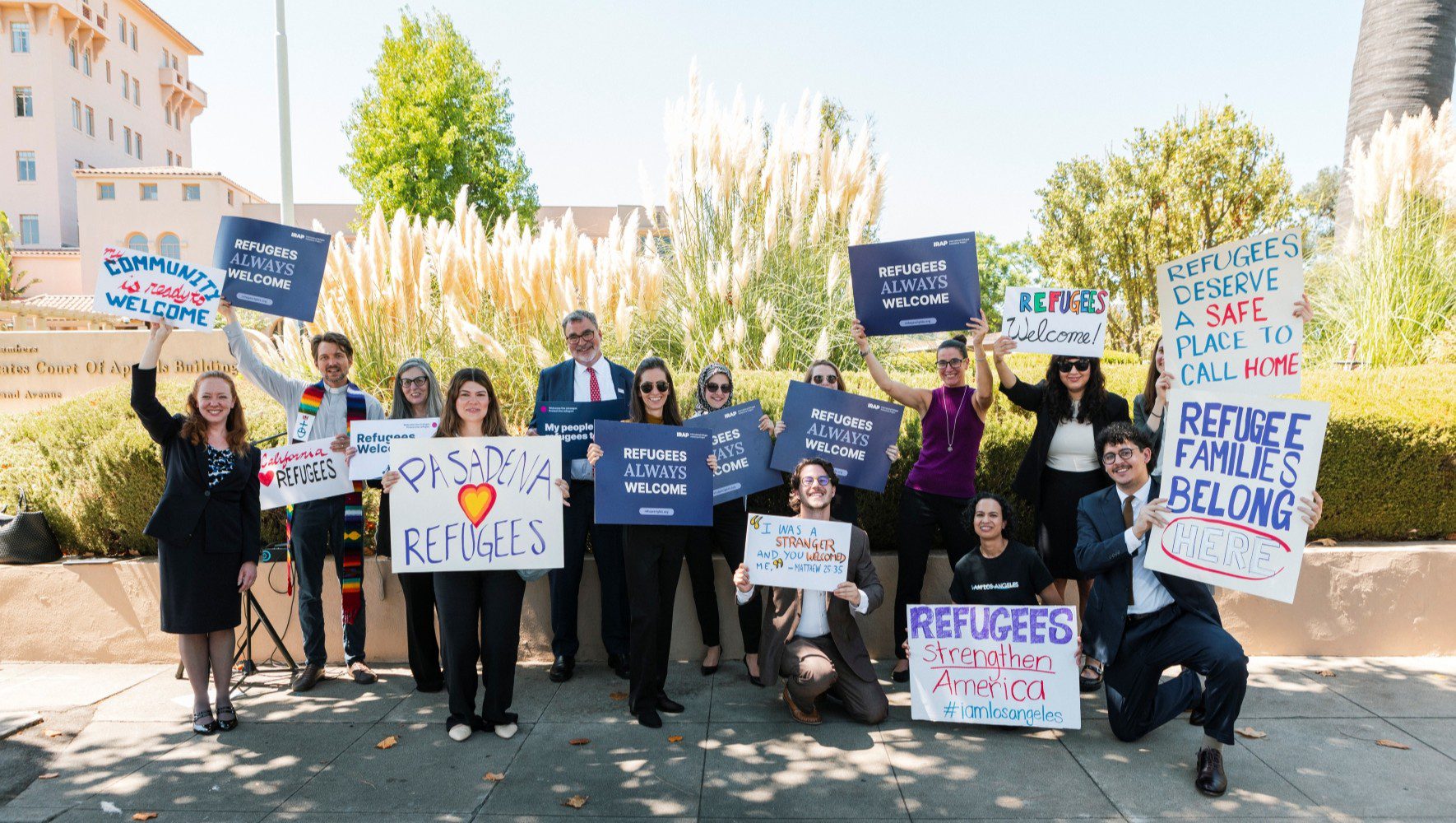On the 40th Anniversary of the Refugee Act of 1980
Mar 16, 2020
Fortieth birthdays are opportunities to celebrate one’s hard-earned accomplishments and an opportunity to look ahead to what the future might bring.
It is no different for the United States Refugee Act of 1980, the landmark piece of legislation that established the contemporary U.S. refugee resettlement program and asylum system. Nearly 40 years ago President Jimmy Carter signed the Act into law–March 17, 1980. It is a good time to remember what this legislation has meant to our country, while at the same time we grapple with the harsh reality that many of the basic refugee protections codified in the Act are under serious threat.
One of the major accomplishments of the Act was formalizing the U.S. refugee admissions processes, a significant change from the ad hoc programs that previously characterized refugee arrivals to the United States. It also aligned the U.S. definition of “refugee” with the internationally recognized definition; mandated the establishment of annual refugee admissions ceilings (also known as the Presidential Determination); and required annual consultations between Congress and the administration.
In 2020 America, refugee resettlement and asylum have become highly politicized and it can be hard to remember a time not long ago when bipartisan support for both programs ran deep. That was the case, though, with the 1980 Refugee Act, which passed by unanimous vote in the Senate and with significant bipartisan support in the House. It marked the start of administrations of both parties incorporating robust refugee resettlement into their responses to global humanitarian crises. For example, in 1981, under President Reagan, the United States admitted 159,252 refugees, and in 1992, President George H. W. Bush’s administration admitted 131,000 refugees.
The current Presidential Determination set by President Trump is 18,000, an admissions ceiling that is not only historically low, but one that we may not even meet if the rate of admissions does not pick up dramatically. It is also almost impossible to turn on the news without hearing about a new effort to diminish asylum seekers’ legal right to ask for protection in the United States.
Even with the tremendous congressional support for the 1980 Refugee Act, its passage was not guaranteed. When President Carter said that he intended to double the monthly arrivals of refugees from Vietnam, Cambodia, and Laos, 62% of those polled disapproved. Yet, political bravery won out, and because of that courage, the 1980 Refugee Act helped to set the United States on the path to becoming the global refugee protection leader for decades.
The Act is a reminder of what positive changes legislation can make when there is a shared commitment to upholding our nation’s foundational value of being a place of refuge, and what we as a country can return to when people of all faiths and political persuasions come together to “welcome the stranger.”


